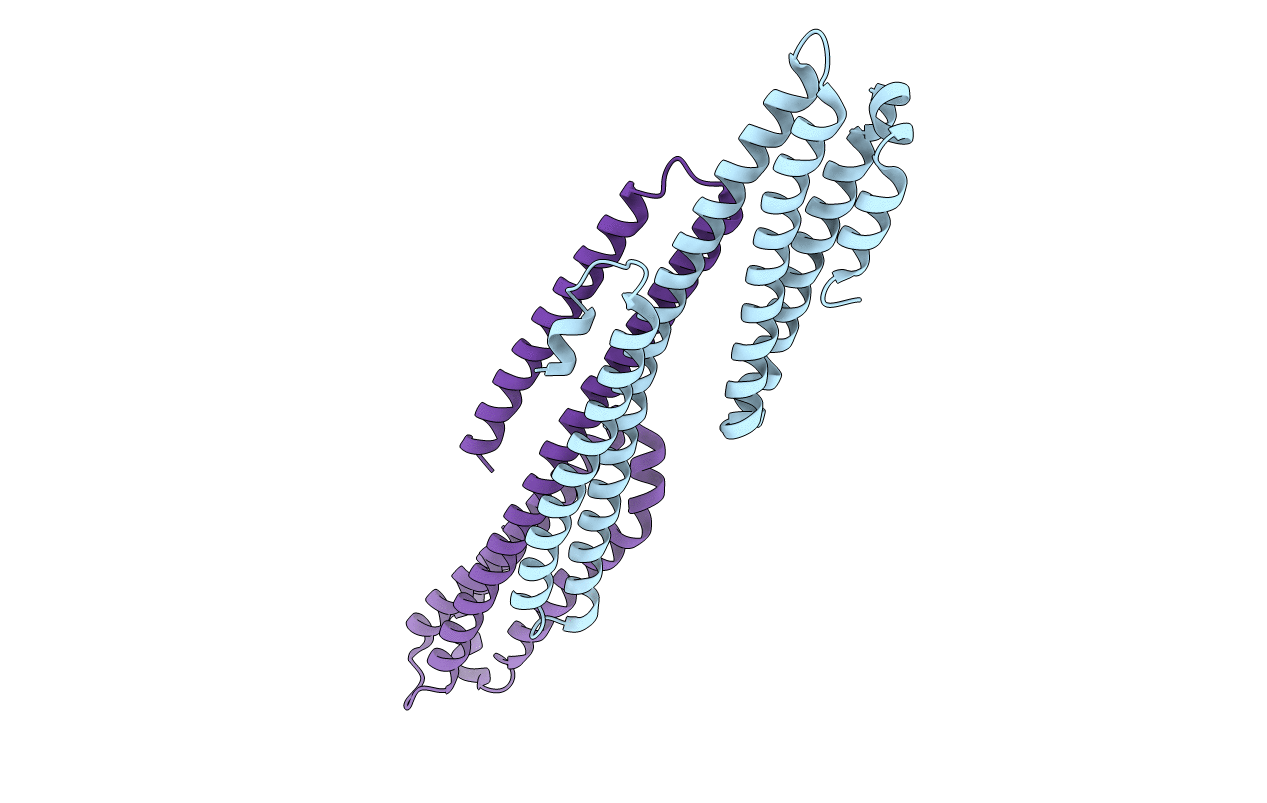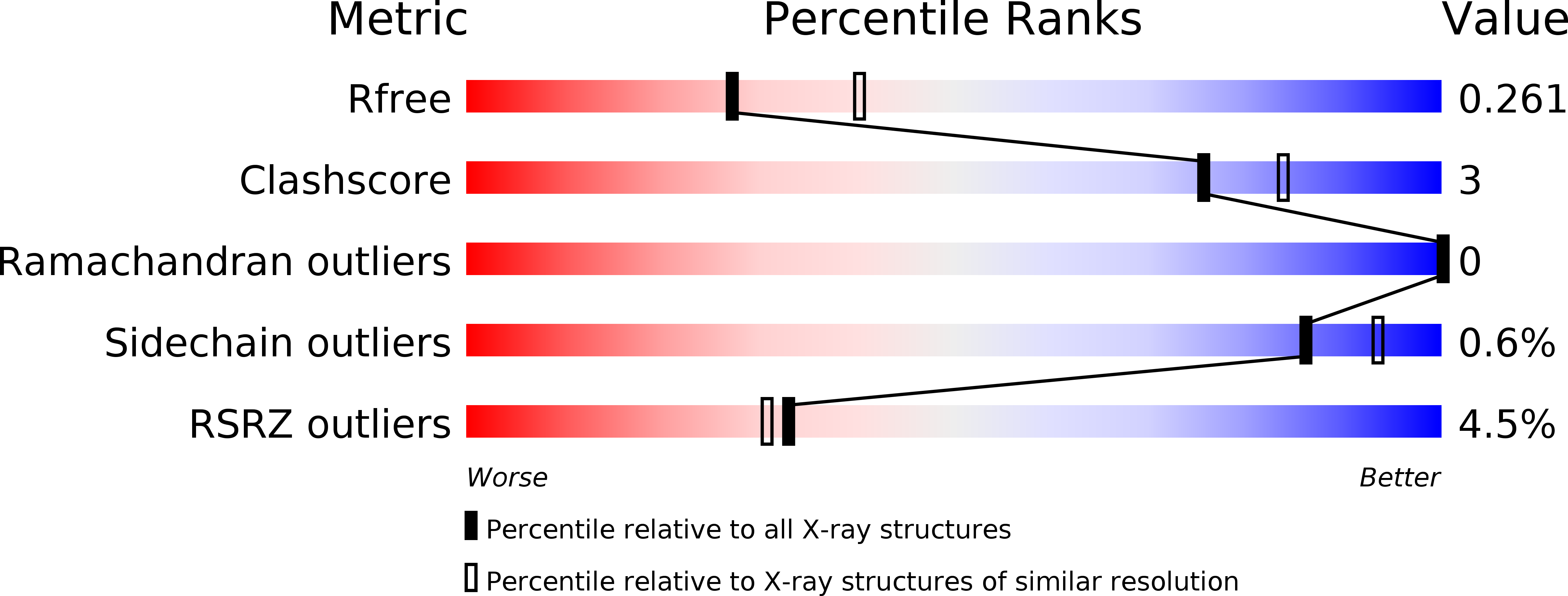
Deposition Date
2016-10-21
Release Date
2018-06-06
Last Version Date
2024-01-17
Entry Detail
PDB ID:
5TPT
Keywords:
Title:
The Crystal Structure of Amyloid Precursor-Like Protein 2 (APLP2) E2 Domain
Biological Source:
Source Organism:
Homo sapiens (Taxon ID: 9606)
Host Organism:
Method Details:
Experimental Method:
Resolution:
2.42 Å
R-Value Free:
0.25
R-Value Work:
0.21
R-Value Observed:
0.21
Space Group:
P 1 21 1


